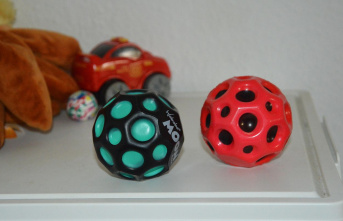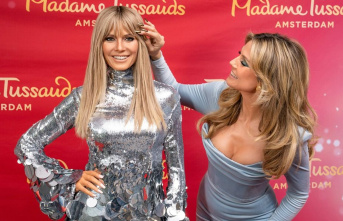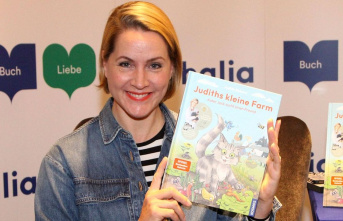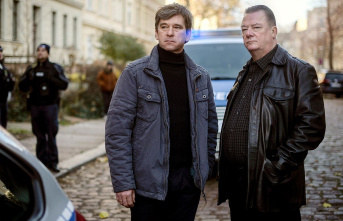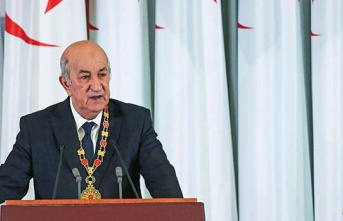The hook was more than suggestive: 'Art is also read'. Under this title, the ABC Cultural journalist Javier Díaz-Guardiola brought together representatives of four publishers at the Eugenio Trías Library in Madrid whose raw material is not literature, but plastic creation: César Martínez Useros (La Fábrica), Valerie Maasburg (Ivorypress), Marilé Pretel (The Two Hundred) and Patricia Mateo and José López del Moral (FueradeCarta). The objective? Discuss your sector and, at the same time, continue celebrating 30 years of ABC Cultural at the Book Fair.
It was a table of contrasts. Martínez Useros, responsible for publications at La Fábrica, began by speaking, the most conventional and 'mainstream' label of those present, so to speak. He commented that the most unique thing about the art book is its cost, much higher than that of any novel or essay.
A year they publish about 40 books, especially photography (Chema Madoz and Alberto García-Alix are their stars), although in recent years they have opened up to the rest of the arts, with large print runs. “Ours is an outreach effort. Books are very useful to explain art, they are a way of learning », he explained. Next to it, Maasburg, from Ivorypress, outlined his project, diametrically different: «With us you don't take a book, you take a work of art: it's an artist's book».
In its 25 years of history, Ivorypress has carried out only 16 projects, since they do not work with time limits or closed budgets. "In each project we invent a process," he assured. For example: with Olafur Eliasson they had to make a glass book, and it turned out well, although they needed a lot of tests. They made another one out of lead. By the way: they also publish pocket books, open to more people, of course. For their part, the artists Patricia Mateo and José López del Moral recounted their project FueradeCarta, very different. They work with limited editions, of sixteen passport-size pages, with a circulation of only 100 copies, of which 40 are for the artist. They are numbered, with an original work of art. Of course, the price is affordable: 20 euros per copy, and you can only buy one per person, to avoid speculation. "It's for the love of art," Mateo said.
Also unique is the way of working at Los Dos Centos, a kind of private club and publisher, all at the same time. It is, according to Marilé Pretel, a label made up of 200 members that makes books (4 a year, one per season) with a print run of 200 copies: one for each member, without going to market. Each copy, moreover, is delivered with a unique work by the artist of the book: 200 different ones. The idea is to turn the publication into a social event; Also, at a party.
They all agreed that definitions always fall short in art books: each house is a world, with its own creations and its unique laws.


